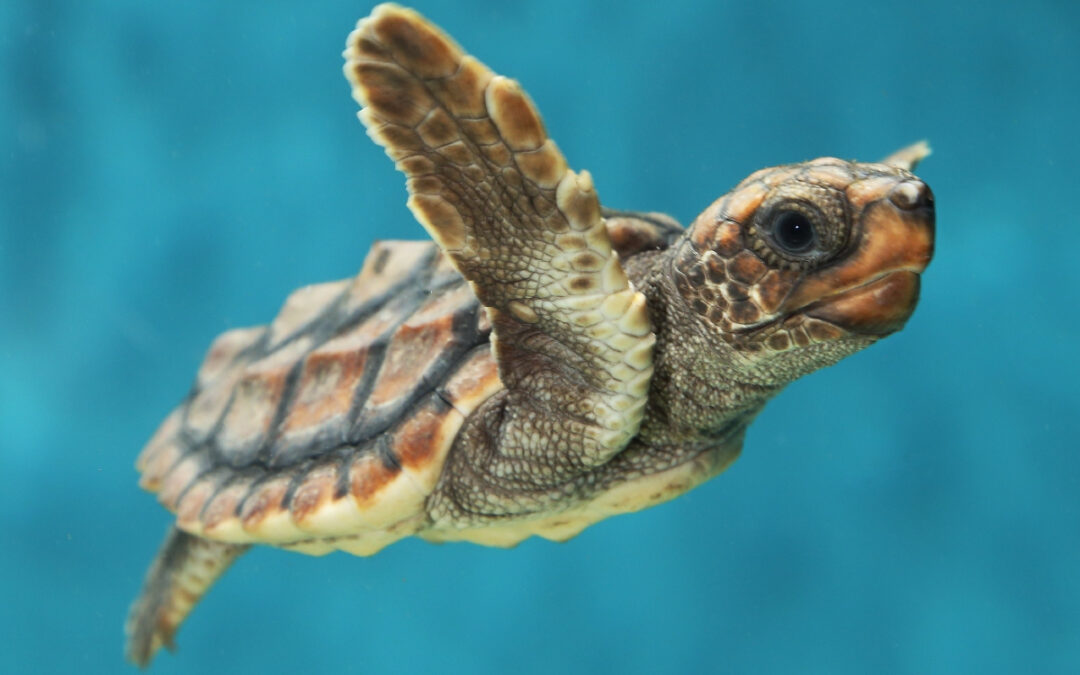AUTHOR
Abhishek Saha
Senior Quality Controller at Gulf Seafood LLC in Dubai.

Introduction
Sea turtles are remarkable marine reptiles with streamlined bodies and large flippers, perfectly adapted to the oceanic environment. They play an integral role in maintaining marine ecosystems. Green turtles, for instance, graze on seagrass, ensuring its healthy growth, which supports numerous marine species. Through nesting, sea turtles transport vital nutrients from the sea to coastal ecosystems, benefitting plant life. Moreover, they regulate population of species like jellyfish, maintaining ecological balance. The loss of sea turtles would have a cascading negative effect on ecosystems dependent on seagrass beds and coral reefs.
Turtle Commando Programme
Oman initiated the Turtle Commando Programme in 2021 under the leadership of Manar Bint Abdullah al Riyami. This initiative aimed to protect turtles from disturbances caused by unregulated tourism and foster environmental responsibility. The programme involves public awareness campaigns, beach clean-ups, and conservation efforts. Oman’s conservation efforts, such as the Turtle Commando Programme, focus on educating the public, reducing plastic waste, and preserving nesting sites. Volunteers play a crucial role in ensuring beaches are clean and free from hazards like fishing waste, helping to protect these endangered species.
Speaker’s participation in this initiative, organized by the WJ Towell Group, spanned three days, starting in Muscat and including a visit to the Ras Al Jinz Museum, a hub of education on sea turtle conservation equipped with advanced technologies.
Types of sea turtles and IUCN status
Globally, seven species of sea turtles exist, divided into the families Dermochelyidae and Cheloniidae. Oman hosts five of these species: green turtles, loggerheads, hawksbills, olive ridleys, and the leatherback turtle. Oman’s coastline, stretching from north to south, serves as a vital nesting ground for these species, especially the green turtle, known for its ecological significance. These species exhibit unique physical characteristics, habitats, diets, and life spans. Despite their diversity, they face threats such as climate change, poaching, habitat loss, and pollution. As per the IUCN Red List status for sea turtles, Leatherback, Loggerhead, and Olive Ridley are Vulnerable; Green is Endangered; Kemp’s Ridley and Hawksbill are Critically Endangered; and Flatback is Data Deficient.
Nesting, hatching and navigation behaviour of Sea turtles
Sea turtles exhibit fascinating behaviours, particularly during courtship, nesting, and hatching. Females return to their natal beaches to nest, creating body pits and laying eggs, often at night. Hatchlings emerge after around 60 days and instinctively navigate towards the sea, guided by the brightest horizon. However, only a fraction of these hatchlings survives to move into adulthood due to predation and environmental challenges.
For More>>

